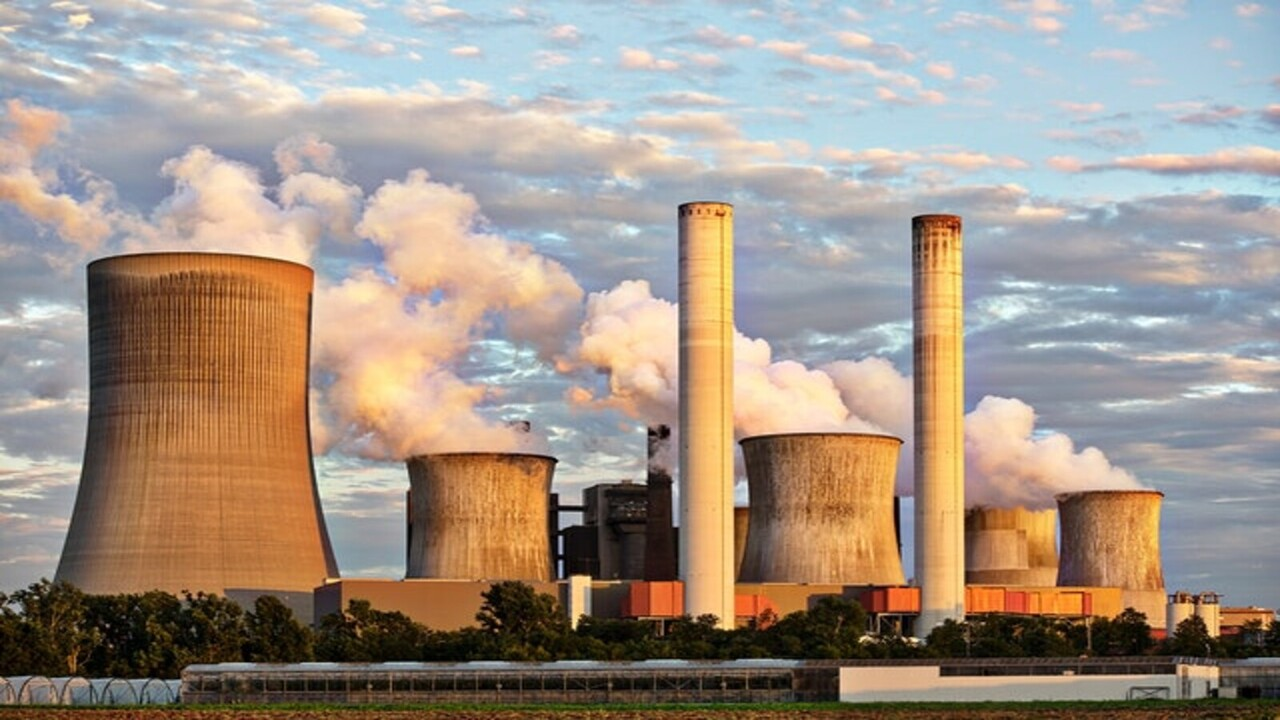Description

Copyright infringement not intended
Picture Courtesy: www.linkedin.com
Context: India's surging energy demand, driven by economic activity and rising appliance usage, is predominantly met by coal, constituting 75% of power generation, with renewables at 22%, showcasing a substantial gap from ambitious targets.
Details
- India's heavy reliance on coal is primarily driven by the surge in power demand, rapid economic growth, and the challenges associated with renewable energy sources.
Growing Energy Demand
- India's power demand has been rapidly increasing, outpacing the growth rate in the Asia Pacific region.
- Higher economic activity, especially in industrial and commercial sectors, is a significant contributor to the increased energy demand.
- Homes and agriculture also account for a substantial portion of India's power consumption.
Projections for Future Energy Demand
- According to the International Energy Agency (IEA), India is expected to witness the largest energy demand growth globally over the next 30 years.
- The rising demand for electricity, especially for air conditioning in households, is projected to increase ninefold by 2050.
.jpg)
Coal Production Increase
- In response to the surging demand, India has increased its coal production significantly.
- Coal production spiked from 778 million tons in 2021-22 to 893 million tons in 2022-23, reflecting a 14% growth.
- The government has set ambitious targets, aiming for 1.31 billion tonnes of coal production by 2024-25 and a further increase to 1.5 billion tons by 2030.
Challenges with Renewable Energy
- Despite efforts to increase the share of renewable energy, only 22% of the total energy produced in India comes from renewable sources.
- Renewables, including solar and wind, face challenges such as variability, necessitating significant investment in battery storage to ensure a stable power supply.
Hydropower Complexities
- Hydropower, a key renewable source, faces challenges in terms of ecological damage and potential conflicts over water resources.
- The construction and planning of hydropower projects in the Himalayan region have come under scrutiny.
Nuclear Power Contribution
- India's plans to generate energy from nuclear power plants have not seen significant success, contributing only about 3.15% to the total electricity generated in 2021-22.
Future Plans
- India aims to reach 500 GW of renewable energy capacity by 2030, a significant increase from the current capacity of about 180 GW.
- The government emphasizes a phasedown rather than a phaseout of coal use, recognizing the practical constraints and the need to address the growing electricity demand.

Conclusion
- India's heavy reliance on coal stems from the immediate need to meet the surging power demand, coupled with challenges in scaling up renewable energy sources to the required levels. The government acknowledges the importance of a transition but highlights the need for a phased approach to balance energy security and sustainability.
Must Read Articles:
TYPES OF COAL: https://www.iasgyan.in/daily-current-affairs/types-of-coal
COAL INDUSTRY: https://www.iasgyan.in/daily-current-affairs/coal-industry
|
PRACTICE QUESTION
Q. What is the current status of coal energy production and its role in India's energy landscape, considering the country's economic growth, environmental concerns, and efforts toward renewable energy adoption?
|













